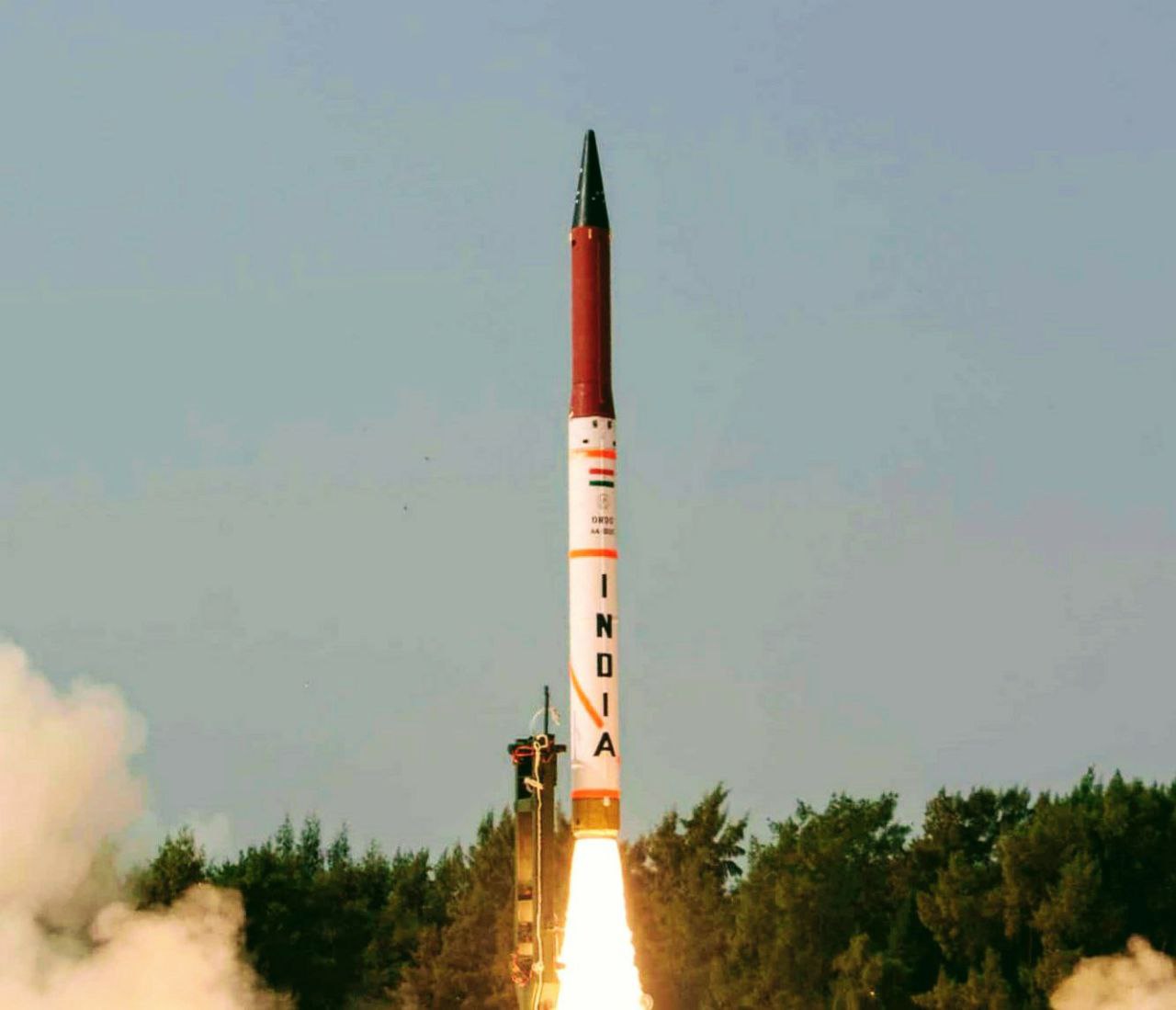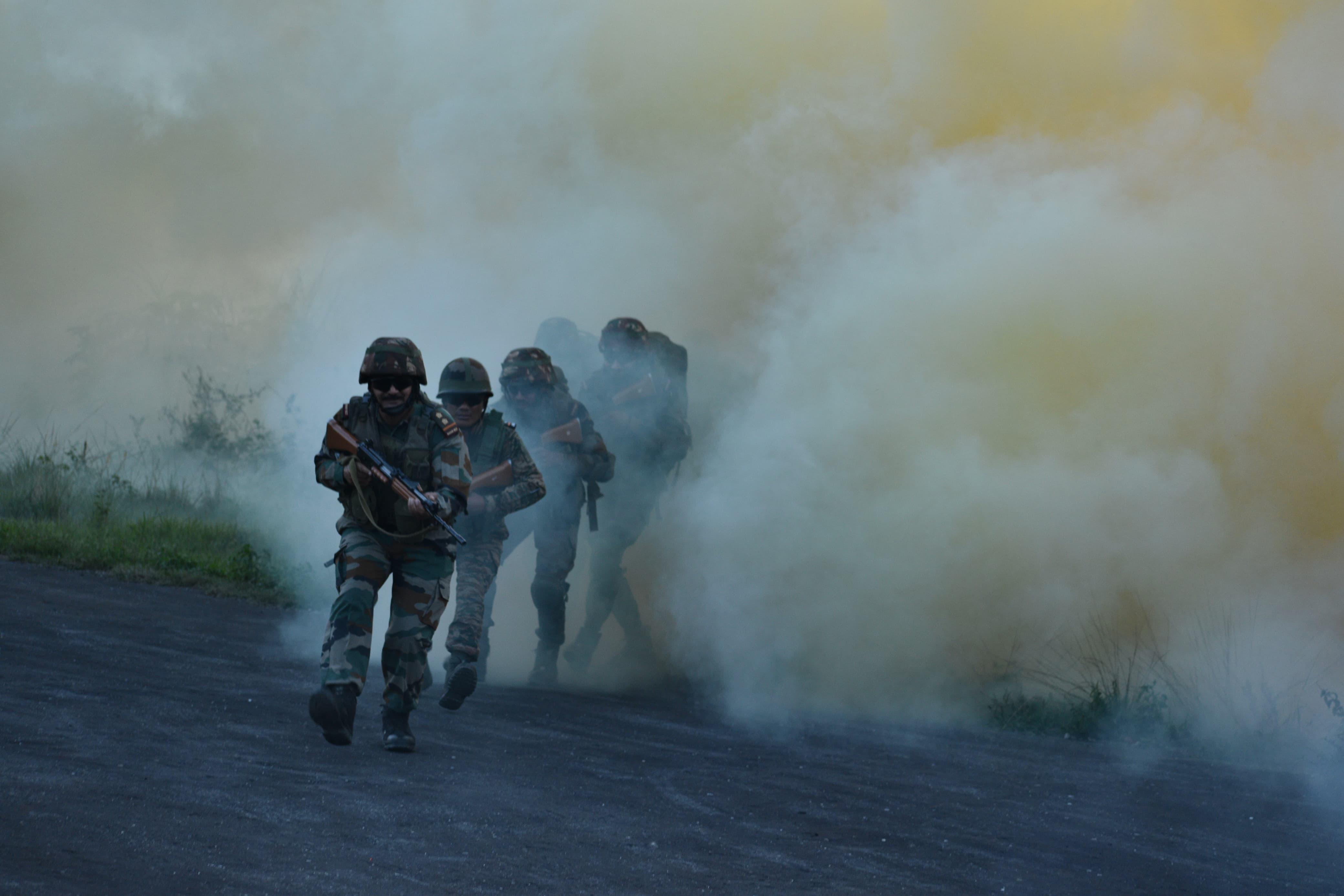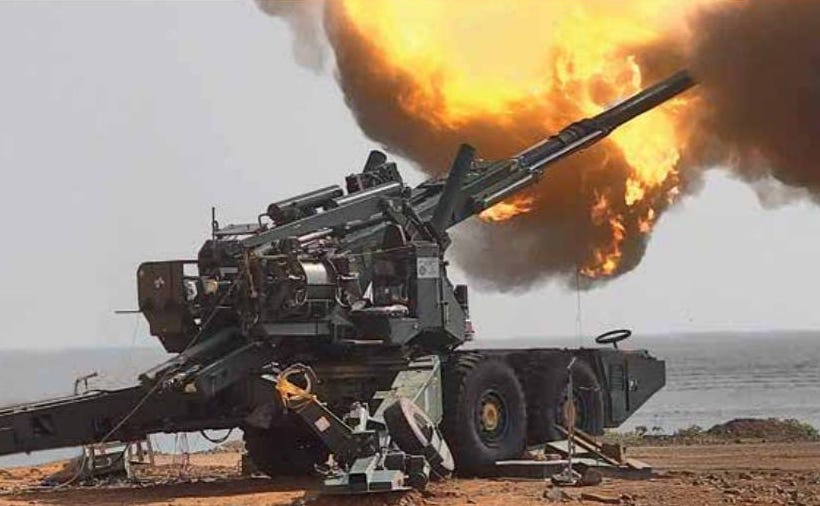 An Agni-4 missile during a test-launch. (File photo)
An Agni-4 missile during a test-launch. (File photo)
New Delhi: India has successfully test-fired its Agni-4 intermediate-range ballistic missile in operational configuration, on Friday. In a short news release, the defence ministry said the missile’s test was carried out by the Strategic Forces Command from the Integrated Test Range in Chandipur, Odisha.
The defence ministry also said the test validated all operational and technical parameters of the missile.
About Agni-4 missile
The Agni-4 (or Agni IV) is an indigenous solid-fuelled intermediate-range ballistic missile (IRBM) with a range of up to 4,000 kilometres. The two-stage missile, previously named Agni-2 Prime, is a derivative of the Agni-2 (Agni-II) medium-range ballistic missile (MRBM) with extended range.
The missile was first test-fired on December 10, 2010. The Strategic Forces Command conducted the first user trial of the Agni-4 on December 2, 2014. India's nuclear-tipped missiles and other nuclear-weapon delivery platforms are under the operational command of the SFC, which is an integrated triservices command headed by a two-star general (major general) from the Indian Army or an officer of equivalent rank from the Indian Navy or the Indian Air Force. The SFC reports directly to the Prime Minister’s Office.
The Agni-4 IRBM comprises two stages and utilizes solid fuel propellants. It has a total weight of 17,000 kilograms. Its length is approximately 20 metres and has a base diameter of 1.2 metres.
Designed to deliver a payload of 1,000 kilograms, the Agni-4’s range has been a subject of varying reports. Indian Army sources in 2017 indicated plans to test it at ranges below 3,500 kilometres to meet specific operational requirements. The defence ministry too has provided inconsistent figures about its range – citing 3,000 kilometres, 3,500 kilometres, and 4,000 kilometres on different occasions.
The missile’s propulsion system consists of a first stage with a 1.2-metre diameter casing made of maraging steel (a steel alloy that contains up to 25 per cent nickel and other metals and is strengthened by a process of slow cooling and age hardening), generating an average thrust of 710 kilonewtons (kN). The second stage, slightly narrower at about 1 metre in diameter, utilizes a carbon-fibre casing and produces 39.5 kN of average thrust.
For navigation and control, the Agni-4 employs an inertial guidance system featuring ring laser gyroscopes. It also incorporates flex nozzle control (FNC) thrust vectoring control systems to maintain precise orientation during flight. The defence ministry claims that the missile has an impressive accuracy, with a circular error probable (CEP) of less than 100 metres at its maximum range of 4,000 kilometres.
The Agni-4 is versatile in its payload capacity, capable of carrying both conventional and nuclear warheads. Test-launches have reportedly included unitary conventional payloads and partially assembled nuclear devices. The estimated weight of its nuclear payload is 1,000 kilograms.










